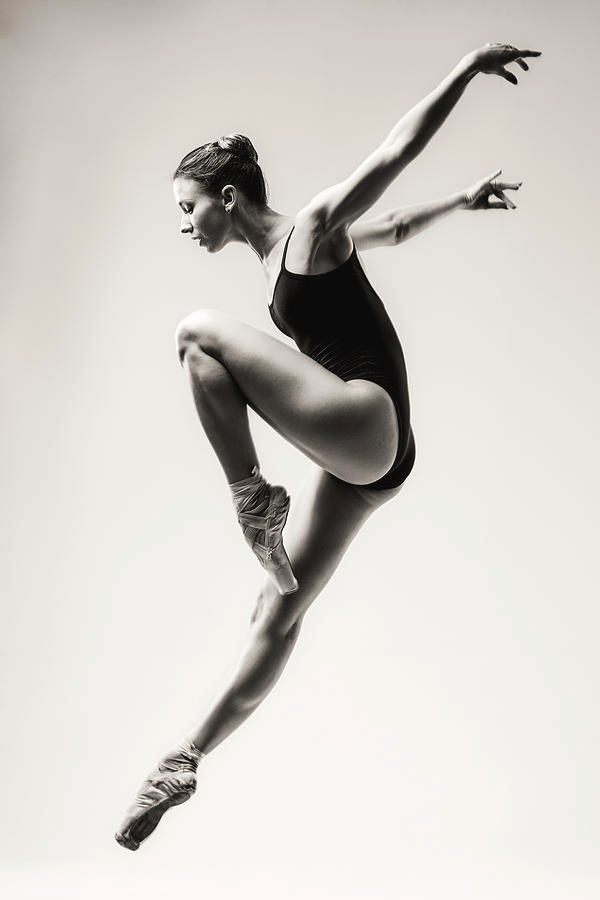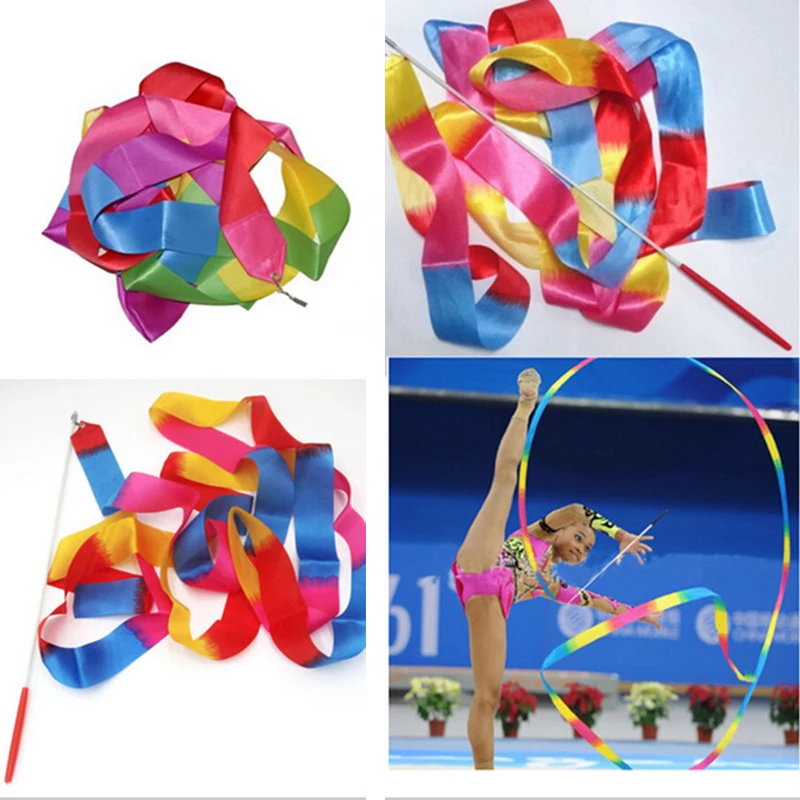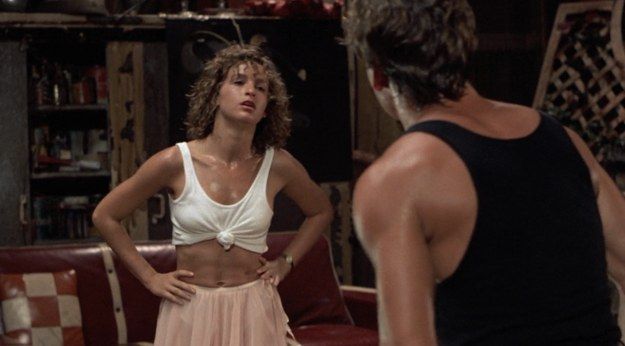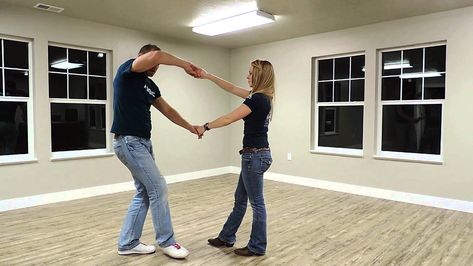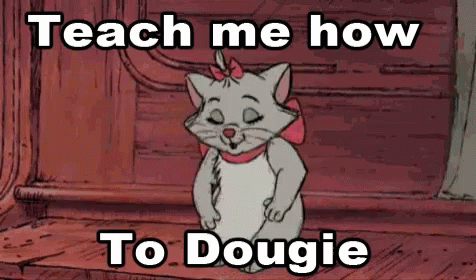How to make a lion dance costume
A little bit of Everything: DIY Lion Dance Head
It is still a long way to CNY but I have to share this post. Why i do it? because Jelly had been very obsessed with Lion Dance lately that she demanded I open links in YouTube on lion dance... In order to let her unleashed her passion in lion dance, I made this cute lion head with only a small carton box, small length of cloth, 2 pom poms and a few color papers. Just sharing this idea and it's up to individual's creativity to do it! You can also replace colored paper for the pompoms. There are tones of video on how to DIY your own pompoms by just using cardboard in Youtube...
| Chinese Lion Head |
It's just an idea and up to your own creativity to create your very own lion head to let your little one have some fun! Just as you wanted to know how I create this Chinese lion head below are my materials, u can replace and change as how you please. .. 💗 But FYI, I did all the cutting free hand, no template... just make sure when you are doing cutting for anything that is symmetrical (like the eyes or the mustache) you cut them together... Just let your imagination go wild~~
Carton Box - approximate 20 cm(H) X 19.5cm (W) X 19.5cm (L)
Red Cloth - approximate 40cm (W) X 110cm (L)
Color Papers - I choose Red, White , Black and a little brown and yellow
Pom Poms - 2 pcs around 5cm diameter
A little raffia string to tie the mouth together.
Cost of the Lion Head
Cartox Box - FOC, get it from supermarket or order online to receive free carton box... LOL
Cloth - RM3/meter
Color Paper - RM 1 X 5 colors - RM5
Pom Pom from balance yarns that I have.
Raffiah string - get it FOC from tapao drinks from kopi tiam.
Glue - 1 bottle - RM 1.00
Silicone Hot Melt Glue - RM 2 for a packet of 6 - required only 1pc (RM 0.33)
Tools - RM 0.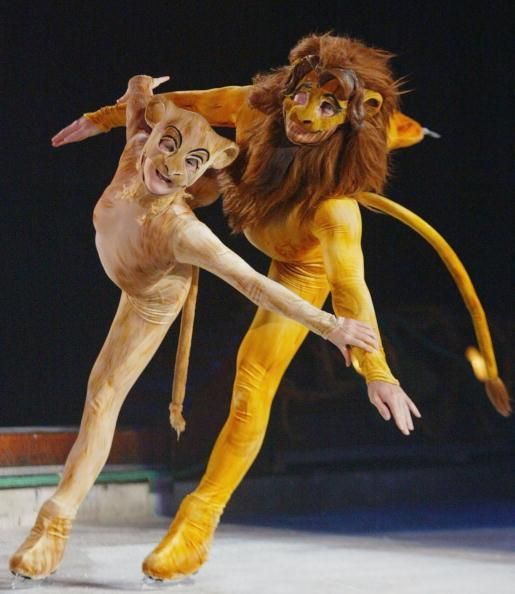 50
50
Total - RM 9.83
Tools
- Sciccors
- Glue
- Stapler & Staples
- Black Tape
- Pen knife
- Puncher
| Small Carton Box and Pom Poms |
1) Stick the side of the carton with tape 2) Glue the whole box with the color you prefer. (I use white paper) 3) Prepare another small carton piece for the lower mouth piece and paste white paper 4) Cut another hole (semi circle) at the carton as the opening for kids to peek through 5) Paste color paper as the mouth (Red or other color you prefer) 6) Puncher the sides of the mouth in order to tie the mouth together later |
1) I paste a red paper as the background for the lion's face and show out it's jaws 2) I use black for the mustache 3) Cut another 5 petal flower with a circle (the yellow paper can replace with aluminium paper) 4) Cut out the Eye shape - preferred to be angry looking, I paste 5 layers over layers for the eyes 5) Paste on the cloth / cape on the lion head. to prevent the cape from coming out. Make sure to check the inside of the carton to check the staples not to stick out which can injured kids. 6) Tie the mouth together with a raffia string (but i stick a few layers of reinforcement ring at the back of the carton to strengthen the board in case of pulling (can replace raffia with cable tie) |
| Side View |
This is Jelly running around with the Lion Head~! LOL!
| Selfie with my little lion dancer |
| Runnign around the house with her Lion Head! |
Jelly trying to act cute.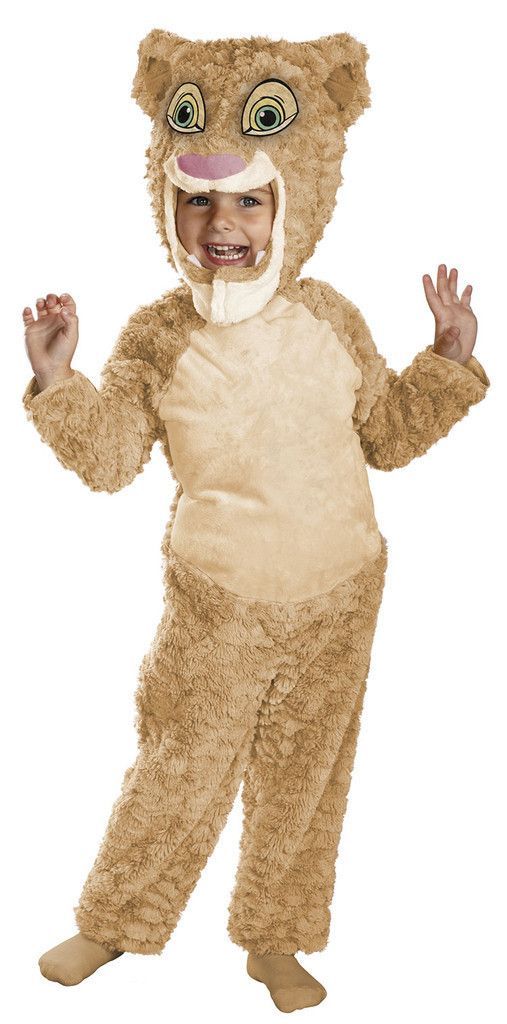 .. LOL! .. LOL! |
| Jelly Checking the head |
| Standby wearing it |
| Jelly can't wait to run outside! |
| Little Lion Dance |
| Explore the garden |
| Non Stop Running |
| Run Run Run |
Overall Experience:-
It didn't last long with a rough kid but it manages to survive my rough Jelly for 3 days fully playing with it. It is fun watching Jelly running around and jumping with the lion head, at least keep her utilize her energy and keeps her busy...
It is fun watching Jelly running around and jumping with the lion head, at least keep her utilize her energy and keeps her busy...
The price mentioned in this post are as of the date posted, as it may change from time to time.
I don't get paid by this review and all are my humble and honest review.
Chinese Lion Dance Costume 舞獅 · CCCH9051 Group 64
Dublin Core
Title
Chinese Lion Dance Costume 舞獅
Subject
Festival, Lion, Costume, Folk culture, Chinese New Year
Description
A lion costume used a form of traditional dance in Chinese culture and other Asian countries in which performers mimic a lion's movements.
The lion dance is one of the most important traditions at Chinese New Year. It is performed to bring prosperity and good luck for the upcoming year. The lion dance is also a way to create a festive atmosphere and bring happiness.
Performed in a lion costume, accompanied by the music of beating drums, clashing cymbals, and resounding gongs, lion dances imitate a lion's various movements or demonstrate martial arts agility, depending on the style.
Date
Three-kingdoms period (220–280 AD)
Format
2-3 men size
Type
Craft
Crafts Item Type Metadata
Crafting Methods
The Southern Lion has a single horn, and is associated with the legend of a mythical monster called Nian. The lion consists of a head which is traditionally constructed using papier-mâché over a bamboo frame covered with gauze, then painted and decorated with fur, and a body made of durable layered cloth trimmed with more fur. Newer lions however may be made with modern materials such as aluminium instead of bamboo and are lighter. Newer versions may also apply shinier modern material over the traditional lacquer such as sequin or laser sticker but they do not last as long as those with semi-dull lacquer. Depending on the lion type (Traditional or Modern), Different types of fur can be used.
Materials
Fabric, Plastic, Metal
Usage and Application
The lion dance is usually performed during the Chinese New Year and other Chinese traditional, cultural and religious festivals.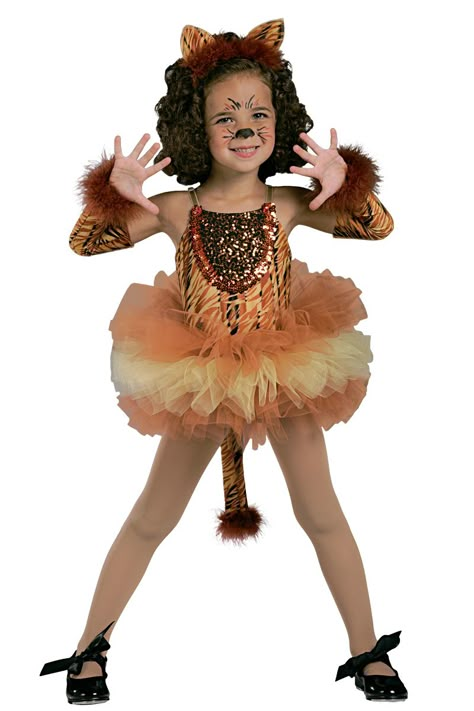 It may also be performed at important occasions such as business opening events, special celebrations or wedding ceremonies, or may be used to honour special guests by the Chinese communities. Chinese lion dances are performed by two "dancers" in a lion costume, rather like a pantomime horse. The performers become the body of the lion: the one in front is the head and front limbs, the one behind is the back and hind legs. Performers' legs are dressed the same color as the lion's body, and sometimes the costume extends to shoes the shape and color of the lion's paws.
It may also be performed at important occasions such as business opening events, special celebrations or wedding ceremonies, or may be used to honour special guests by the Chinese communities. Chinese lion dances are performed by two "dancers" in a lion costume, rather like a pantomime horse. The performers become the body of the lion: the one in front is the head and front limbs, the one behind is the back and hind legs. Performers' legs are dressed the same color as the lion's body, and sometimes the costume extends to shoes the shape and color of the lion's paws.
Interesting Facts
Legend has it that the emperor had a dream one night in which a strange looking animal saved his life. The next morning, the emperor described the dream to his ministers. One minister told the emperor that the strange animal resembled a creature from the West, a lion. Since the strange animal saved the emperor in his dream, the lion quickly became a symbol of good luck throughout China. It was believed that a dancing lion chased away evil spirits.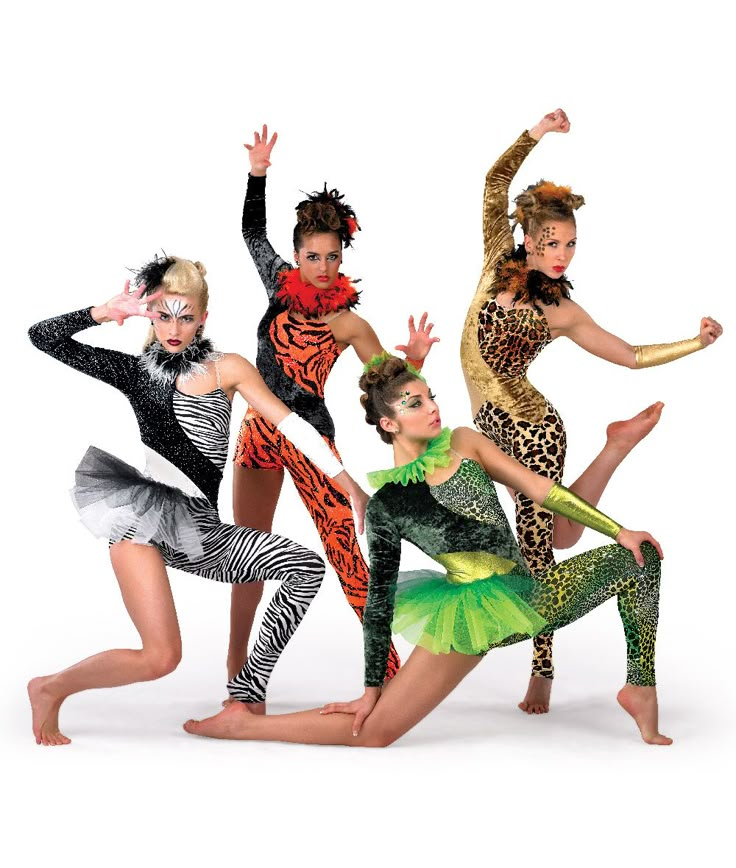
Collection
Fabric
Tags
Three-kingdoms Period
Citation
“Chinese Lion Dance Costume 舞獅,” CCCH9051 Group 64, accessed November 25, 2022, https://learning.hku.hk/ccch9051/group-64/items/show/25.
Output Formats
- atom
- dcmes-xml
- json
- omeka-xml
Geolocation
Chinese Lion Dance and Dragon Dance: interview with the master (GreenWord.ru)
Today we have an unprecedented conversation about the culture of China, represented by an enchanting, incredibly smiling show of the Chinese Lion and the Chinese Dragon, which is performed in Moscow by our friend Oleg San with an energetic, positive team. It all started with a fascination with Chinese culture in general, then a more specific interest in the symbolism of the Chinese Lion (an important traditional symbol of birth and death, openness to good and rejection of evil) and the Chinese Dragon (the Chinese call themselves "descendants of the dragon", it is an important symbol of good luck), and further to the implementation of the traditional Lion dance and Dragon dance, known throughout the world for their beauty and dynamism. Oleg and his team create costumes and figures of these animals using ancient Chinese technology and, in fact, are the first to share this full-fledged layer of the mythical culture of a powerful state with Muscovites. So, a conversation with the master and manufacturer of the Lion and the Dragon, accompanied by vivid photographs of Elena Ukolova.
Oleg and his team create costumes and figures of these animals using ancient Chinese technology and, in fact, are the first to share this full-fledged layer of the mythical culture of a powerful state with Muscovites. So, a conversation with the master and manufacturer of the Lion and the Dragon, accompanied by vivid photographs of Elena Ukolova.
~ Why is Chinese culture interesting?
~ The first knowledge about Chinese culture came to me with Jackie Chan films on VHS. In addition to the images that entered my life, somewhere inside there is an incredible feeling of kinship with the state that carries the backbone of Chinese culture. From music and calligraphy to interpretation of the world around.
~ Where is the tradition of the Lion dance rooted?
~ As you know, the first lions came to China as verbal descriptions, and only then they were brought as a gift to the emperor along the Silk Road. An animal with such qualities quickly became part of folklore, the image of a protector and keeper.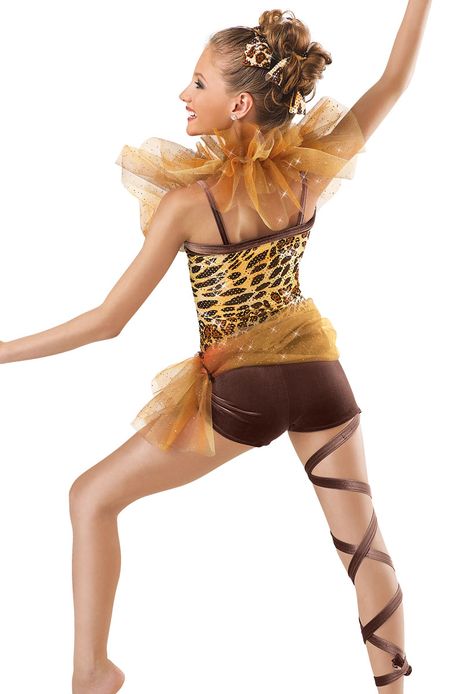 The tradition of the lion dance has many stories about its origin, mythological and historical. All over Asia there is a similar action, but its roots mainly come from China.
The tradition of the lion dance has many stories about its origin, mythological and historical. All over Asia there is a similar action, but its roots mainly come from China.
~ Why does the lion dance?
~ According to the traditional legend, the Lion chases away Nyen, a dark spirit that terrorizes the village. In historical fact, the Chinese wars drove off an entire enemy army dressed in such costumes. One way or another, the Lion dances in order to drive away evil and bring good, creating an atmosphere of a new beginning. To do this, he has loud music, firecrackers and many magical features.
~ How did the story of your first Leo come about?
~ Once again reviewing the movie "Young Master", familiar from childhood. It begins with a magnificent lion dance with platforms and tubs. The thought arose: "Why not do such an action here!" After all, these are your favorite jumps, and drums, and Lions, such expanse for creativity! With deeds, we learned that this tradition has long been a global scale.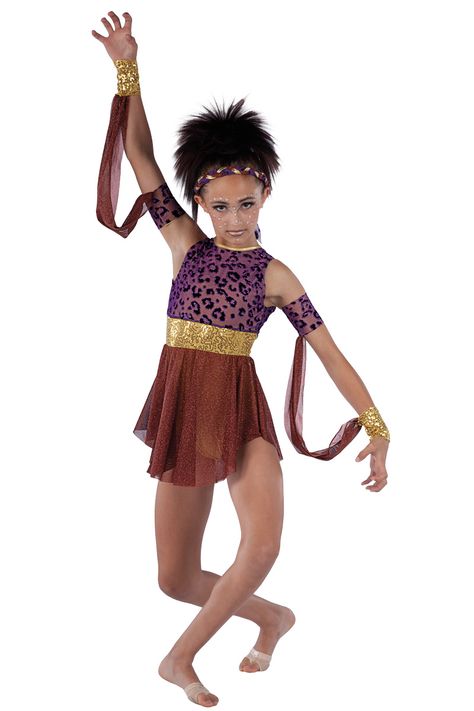
~ Technique and lyrics for creating the frame and costume of the Lion.
~ Ohh, the technology was not immediately unraveled. We mastered it, over and over again stopping the video filmed by a random passer-by who looked into the workshop where the Lion is made. We selected materials, consulted with well-known crafters. It took more than half a year for the first Lion. In addition to the basic manufacturing techniques, each master has his own approach to detail. This is a real expanse for creativity and ingenuity!
~ What kind of person is he who likes being inside a Leo?
~ The Lion Dance person has the qualities that any traditional dancer aspires to. Namely, in addition to skill, naturalness and purity of one's intention, to create an atmosphere of well-being and joy. Perhaps the ability to treat oneself cheerfully will also not hurt.
~ Who wants to watch the lion dance?
~ The Lion's Dance gathers a huge crowd of people, it's a very live action)) Children are delighted and tear it to pieces, adults, of course, hide their joy at the beginning, but very quickly begin to smile.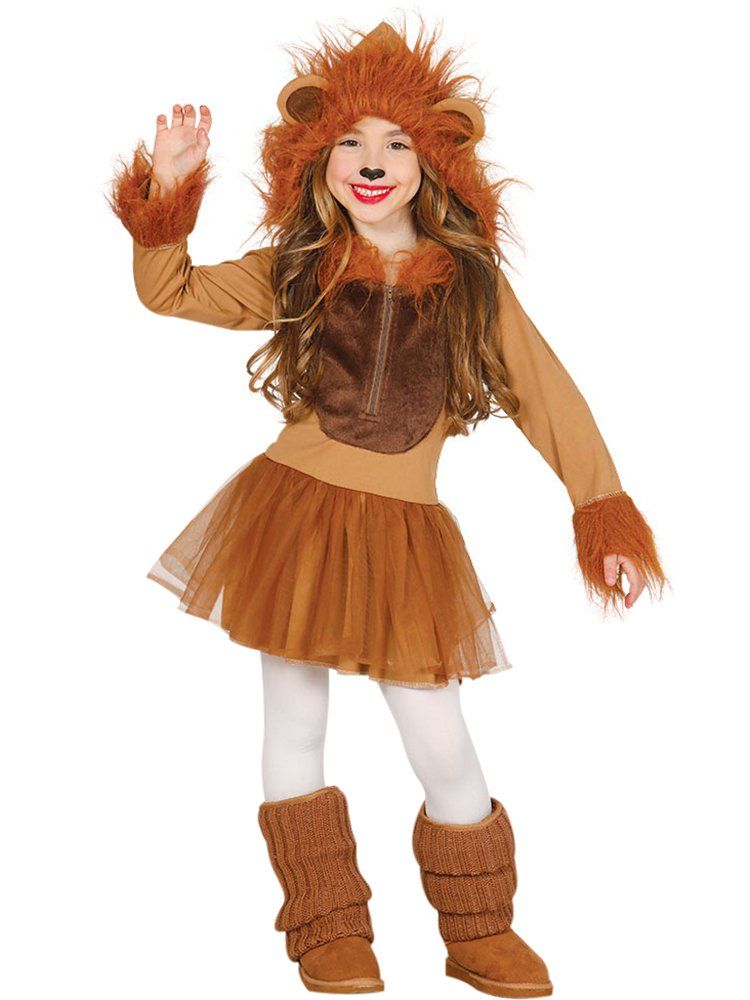 The acrobatic side of the Lion dance does not leave indifferent fans of entertainment. And the cutest character traits of the beast do not leave indifferent any female person.
The acrobatic side of the Lion dance does not leave indifferent fans of entertainment. And the cutest character traits of the beast do not leave indifferent any female person.
~ What is the personality of Leo?
~ In addition to the established images in China:
Black Lion - for those who strive to show themselves and their skills.
Yellow Lion - considered the lion of wisdom.
Red Lion - noble.
There are many varieties of lions themselves in Asia, let's take the two most established images in China - FutSan and HokSan.
FutSan (the very first skin) are lions with powerful moves and stances. It was they who were ruled by the most capable students, representing their school of kungfu.
HokSan (younger) - this is more emphasis on the habits and realism of the bestiality of a lion, high jumps and acrobatics.
If we talk about the creative approach, in practice it became clear that the character of the Lion directly depends on the dancers in it! The same head on different people moves in completely different ways.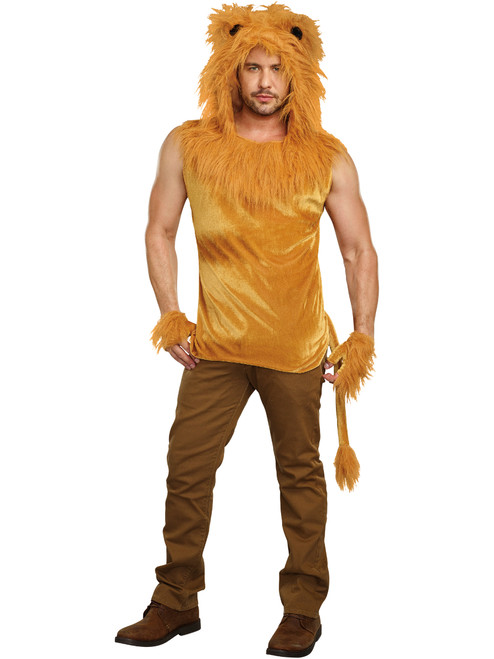
~ How do the characters of the two Leo members connect?
~ Like any action, the Lion dance is good when all participants are united in one live movement. And Leo, and the musicians, and the audience. In one Lion there are two people in the position of the Lion dance stance, coming from the martial arts. The participants, supporting each other in idea and technique, are like two children happily carrying a sheet on themselves.
~ How does Leo get into rhythm? What does he like about silence?
~ As we know from the world of music, it starts from silence. In the dance, the lion performs traditional movements and improvisation. The masters say that music starts from silence and returns to it. The same goes for the movements of the Lion dance. When the bass drum rhythm subsides, the silence becomes a large, filled space. We continue to see the movement and character traits of Leo.
~ What is your main musical accompaniment? Big drum?
~ Da Gu Chinese bass drum plus gong and traditional Buddhist cymbals.
~ Can you dance to an unfamiliar rhythm?
~ Easy. We fit right into the disco.
~ Where did the idea of the running dragon come from? Who made it? What does he symbolize?
~ Made by our team together. The dragon following the yin-yang balance pearl is a symbol of man's constant striving for wisdom and balance. Wisdom and balance. And the Dragon is a strong spirit and a strong body. The idea came with the Lions. We have it fire-breathing and luminous (it has a cunning gas supply through a protective tube with high-frequency piezo ignition).
~ How many participants run optimally with him? How does attunement happen?
~ 7+1: The dragon flies by itself. The wind sets the direction, and the body freely follows it. Then everyone admires the flight of the Dragon. And if everyone starts to manage, it will become like a Zen parable about a centipede.
~ Then let's calculate the optimal composition of your performance.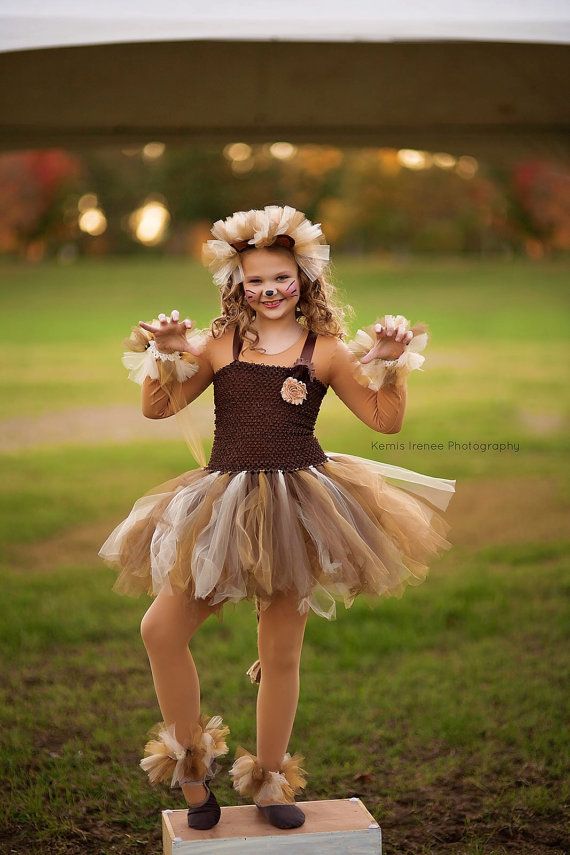
~ Two Lions = 4 people, 8 people for 1 Dragon and 3 musicians.
~ Is this where sport, dance, fun and ritual meet? What else?
~ There is also a lot of joy, fun, music. Also a meeting of cultures and lots and lots of life.
~ Where can I watch the Lion Dance and the Dragon Run in Moscow?
~ In Moscow, the Lion dance is extremely rare so far, so don't miss the messages about our performances. We frequently cover new case openings involving China and Asia in general. Tea shops, restaurants, clubs, yoga centers. We fit right into the disco. We amuse people at thematic events, festivals and, of course, make people happy at children's and any holidays. In general, we are the dance of the Lion and the Dragon - multi-format! Also, the Lion dance can be seen performed by some representatives from the Chinese side and some enthusiastic people. Join the clubliondance group. And all the best ...
Thank you, Oleg San, for enriching communication, positive traditions of ancient cultures to the masses and your always delicious Chinese tea!
person Vera Uzhva date_range 10/20/14 folder The world through our eyes, Man on the Planet label Ulsei, interview, Moscow, dance queue_music Byron Metcalf ~ Medicine Story
9 facts about the lion dance
Article
upper limit-leaders' >
Every winter at the turn of the lunar calendar, lion dancers put on a spectacular show, playing to the beat of drums and cymbals. Designed to attract good luck and prosperity, this magnificent spectacle graces celebrations such as Lunar New Year, birthdays or weddings, which are attended by Chinese diasporas around the world. Here are nine things you might not know about the ancient tradition.
Designed to attract good luck and prosperity, this magnificent spectacle graces celebrations such as Lunar New Year, birthdays or weddings, which are attended by Chinese diasporas around the world. Here are nine things you might not know about the ancient tradition.
1. The predominance of lions in Chinese culture comes from Central Asia and Persia.
Historically, lions have never inhabited China, so how did the feline become such a familiar cultural fixture? Their origin in Chinese culture begins during the Han Dynasty (202 BC - 220 AD) when the Silk Road was laid connecting China with Europe. Along the way, emissaries from the states of Persia and Central Asia presented the Chinese emperor with lions. The popularity of this imperial beast then seeped from the high courts to the masses. Lions also play an important role in Buddhist mythology, which began to spread throughout China at the end of the Han Dynasty.
2. The lion dance is over 1000 years old.
One Hundred Children Playing in Spring (百子嬉春图页), a 12th-century Song Dynasty painting of a lion dance. Wikimedia Commons // Public Domain
Wikimedia Commons // Public Domain
Once lions were introduced into the popular imagination, the animal may have been incorporated into existing animal pantomime traditions. Historical records from the Three Kingdoms period (220–289 CE) describe people dressing up in lion costumes for Buddhist festivals, and later during the Tang Dynasty (618–907 years CE), the Lion Dance became a well-documented court celebration.
3. There are different styles of lion dance, which vary from region to region.
Although the lion dance has its roots in China, it has spread throughout East Asia, with each region adding its own local variations. There are many styles in Japan and Korea. In Indonesia, lion dancers wear huge fur coats with heavy heads. The white-green snow lion is the symbol of Tibet, and Fujian Province created a demonic green lion to represent the Manchu invasion in the 17th century.
vlad impaler forest of corpses
In China, lion dance can be divided into northern and southern styles.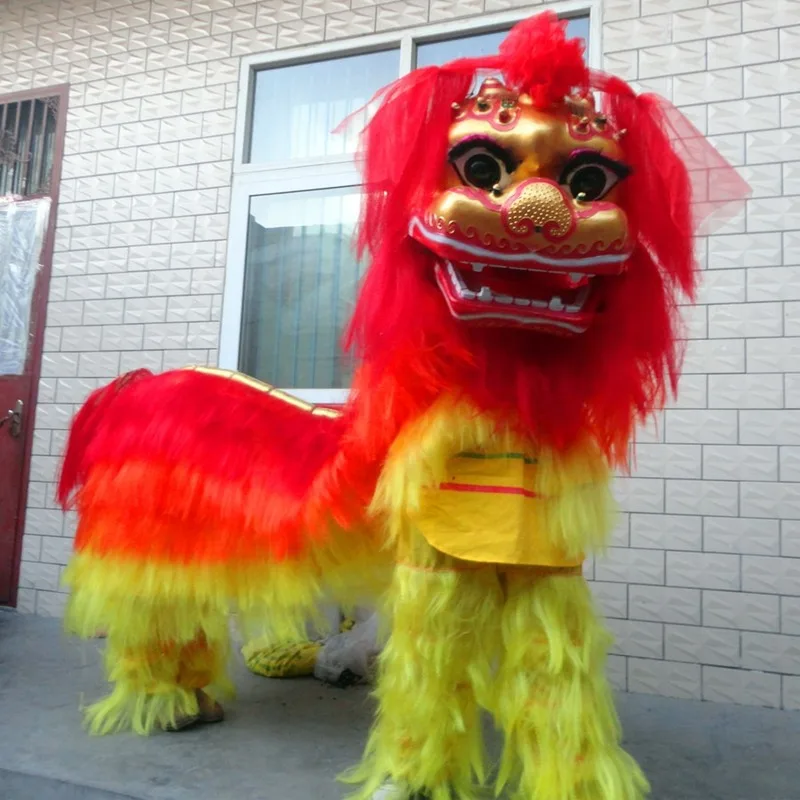 The northern lion is red and yellow with a shaggy fringe, and is usually performed with a male and female, and sometimes with small cubs. The southern lion, originating from Guangdong, is the most common species on the international scene. They usually come with fur trim and lots of bright colors and are also categorized into footsang and hoksan styles. The first is designed to look more aggressive, while the second is more feline and playful.
The northern lion is red and yellow with a shaggy fringe, and is usually performed with a male and female, and sometimes with small cubs. The southern lion, originating from Guangdong, is the most common species on the international scene. They usually come with fur trim and lots of bright colors and are also categorized into footsang and hoksan styles. The first is designed to look more aggressive, while the second is more feline and playful.
4. The lion dance was briefly banned in Hong Kong because rival gangs hid weapons in their costumes.
Lion dance was considered primitive during the Cultural Revolution, so the tradition was forced out of most of mainland China. However, this custom flourished in Hong Kong, where students practiced it in martial arts schools. Because lion dance borrows many of its basic techniques and moves from kung fu, schools will use it to showcase their skills to competing martial arts academies.
However, the situation changed dramatically when the martial arts schools partnered with the Hong Kong Triads, a local organized crime syndicate.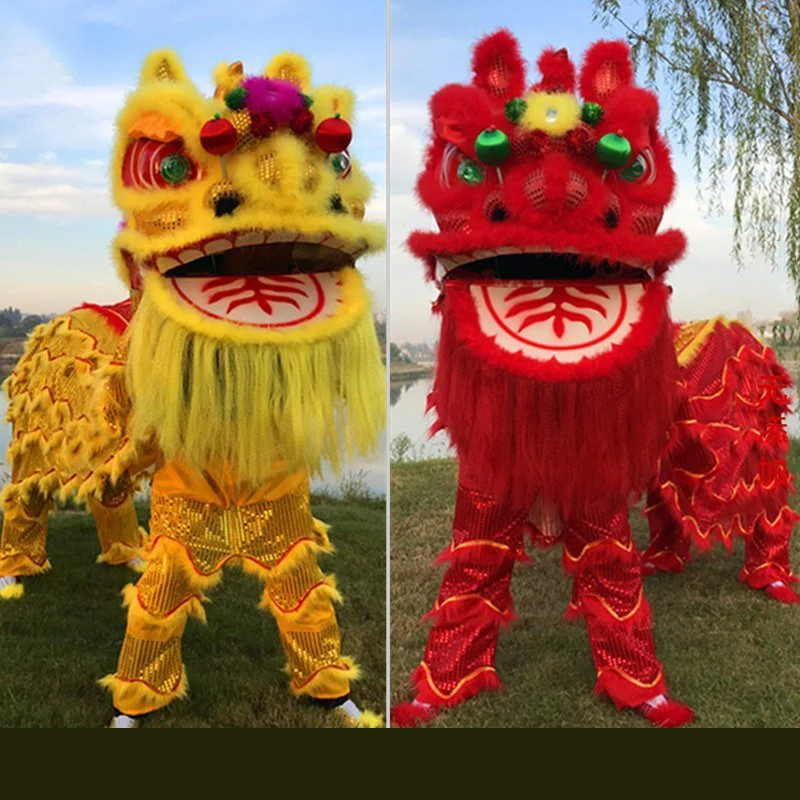 Rival gangs hid knives in their suits to slash rivals, and performing the lion dance became a pretext for settling territorial disputes. This led to a temporary ban in Hong Kong in the 1970s and 1980s. Now, after some reputation management, the lion dance is once again a famous custom if you have permission.
Rival gangs hid knives in their suits to slash rivals, and performing the lion dance became a pretext for settling territorial disputes. This led to a temporary ban in Hong Kong in the 1970s and 1980s. Now, after some reputation management, the lion dance is once again a famous custom if you have permission.
5. The lion dance features prominently in several of Jet Li's films.
If you want to see lion dance and martial arts in action, visit Jet Li's Once Upon a Time in China III (1992) and Once Upon a Time in China IV (1993), where the Southern Chinese style of lion dance takes center stage in the story. For northern style, see Shaolin Temple II (1984) and Shaolin Martial Arts (1986). If you're more of a Jackie Chan fan, his early movie Young Master (1980) opens with an iconic lion dance battle.
6. Women were forbidden to dance the lion dance.
Martial arts academies have historically been fraternities, so women were generally forbidden from practicing the lion dance. Since the martial arts fraternity paradigm has largely disintegrated, dance troupes have gradually begun to lean towards women joining their ranks. Now in the world there are several dance groups with lions led by women.
Since the martial arts fraternity paradigm has largely disintegrated, dance troupes have gradually begun to lean towards women joining their ranks. Now in the world there are several dance groups with lions led by women.
7. The lion dance is listed in the Guinness Book of Records.
In January 2011, the Hong Kong Dragon and Lion Festival Preparatory Committee organized a celebratory event in which 1,111 lions - a total of 2,222 performers - danced on the streets of Hong Kong to celebrate the Lunar New Year. It became the largest paired lion dance in history.
Later that year, another record was set: 3971 students in Taiwan, wearing each lion costume, performed the world's largest lion dance show alone.
8. Chinese Malaysians invented an extreme sport - lion dance on a high pole.
Historically, the lion dance was performed on the ground or in small obstacle courses, with lions jumping onto chairs, balance bars or upturned vases in a display of balance and athleticism.
 I use Silicone Hot Melt Glue and later stapler the sides
I use Silicone Hot Melt Glue and later stapler the sides